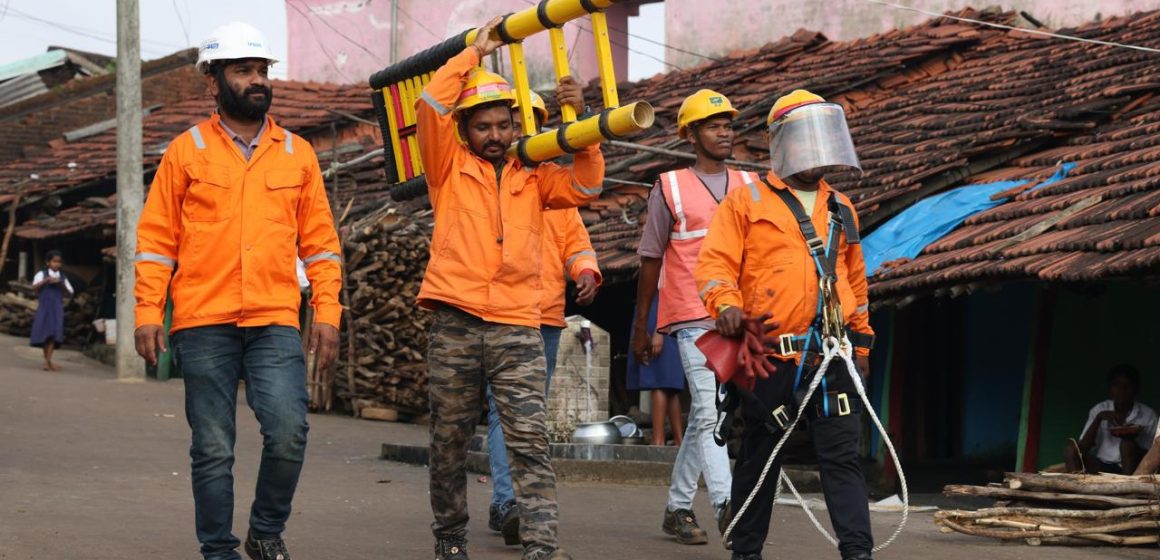Odisha’s reform of its transmission and distribution infrastructure provides a homegrown template for ensuring a bright future for India’s rapidly transitioning power sector, writes Brajesh Singh.
I still remember the evening in August 2017 when electricity arrived for the first time in a village in North Bihar. As the CEO of a leading utility at the time, I was overseeing reforms across 1,100 villages, many of which were still not connected to the grid.
When a modest bulb lit up inside a mud-walled home, the crowd outside erupted: gasps, claps and even tears. That single glow taught me that electricity is not merely infrastructure. It is the foundation of development, the fuel for education, and the enabler of enterprises. It allows people to imagine and pursue bigger dreams.
The grid may be built of metal, but its true output is opportunity. My experiences in Bihar taught me that reliable power is not a luxury; it is a lever for transformation.
Much later, my experiences in Odisha, working with the power infrastructure showed me what a successful model for power distribution could be.
Odisha had pioneered power reform quite early, only to see disruptions to these efforts later. The eastern Indian state needed more than temporary fixes; it needed a complete reset, as infrastructure was ageing and aggregate technical and commercial (AT&C) losses were high.
In 2020, Odisha’s decision to privatise all distribution companies (discoms) and partner with Tata Power marked a turning point, as no other state had restructured its entire distribution network in one move.
With this reform under a public private partnership (PPP), Odisha on-boarded a partner with not just the technical knowledge but also a brand with a reputation for a community-first approach.
Perhaps this combination was the key. While on one hand, the new regime focused on streamlining the cash flows and ensuring the profitability and financial viability of the discoms, on the other hand investments was made into modernising conductors, transformers, and substations. Investment in network upgradation and technology enabled real-time fault resolution and demand forecasting.
Five years later, the results speak for themselves. AT&C losses of the four Odisha discoms have reduced by around 13 per cent since takeover. Over a million new connections have reached even tribal belts. Centralised control centres now manage supply in real time, reducing downtime.
The success of this model is evident in the Odisha discoms, which became profitable within just three years.
Power sector reform is never just about fixing infrastructure. It is about leadership, trust, and sustained investment. The Odisha model shows that there is a way for PPPs to work in rural distribution too. And this approach’s success is no accident. It is the result of courageous political choices, a partner with shared vision and execution capability, continuous capital investment, and relentless stakeholder inclusion.
Many discoms across the country continue to struggle with mounting losses and poor service quality. Odisha’s turnaround has become a benchmark for how political will, PPP, and continuous investment in network infrastructure can work in concert to power a brighter future for the country’s transmission and distribution framework.
ABOUT THE AUTHOR:

Brajesh Singh, Former CEO Essel Utilities and Ex-President, Arthur D. Little India


